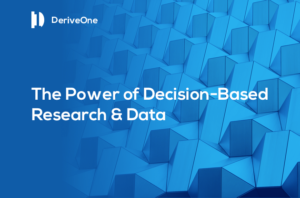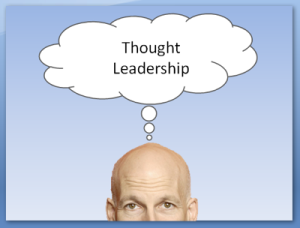Marketing Darwinism caught up with Christopher Woodrow, CEO of MovieCoin, an innovative company that tokenizes movie projects and other real assets. By writing these assets to the blockchain and using smart contracts to automate transaction, the company is digitizing the entertainment industry’s inefficient, paper-based supply chain. With its goal to bring significant volumes of new investment capital into the film business by transforming traditional financing processes, MovieCoin is creating “Hollywood 2.0.”
Marketing Darwinism: Christopher, tell us about MovieCoin. What you have going on seems revolutionary.
Christopher: Thank you, Paul. We started MovieCoin in 2017 after realizing that blockchain and security tokens had the potential to bring unprecedented levels of transparency and liquidity into the film economy.
Shortly thereafter we started seeking a qualified technical partner who could help bring life to our vision of creating access, unleashing creativity, improving liquidity, and boosting cross-industry collaboration in the entertainment industry. That’s when we met Igor Khmel, founder and CEO at technology development firm BANKEX, and realized there was tremendous synergy between the two sides. The technology we’re developing sets us up for huge success in 2019 and beyond.
Marketing Darwinism: If we understand properly, there are several components to your business. Can you shed some light here?
Christopher: Absolutely. The MovieCoin platform includes a website, wallet, distributed application and mobile application, which enable accredited investors to participate in financing quality feature films initially sourced by MovieCoin’s seasoned media executives and held within the company’s Smart Fund. Investing in this portfolio requires purchasing MovieCoin Smart Fund (“MSF”) security tokens that represent an ownership stake in the Fund. They offer a more liquid means of entry into film financing than traditional methods lacking a secondary market.
A separate cryptocurrency, Moviecoin Tokens, will denominate value for B2B and B2C transactions throughout MovieCoin’s ecosystem. Moviecoin Tokens (“MOV”) are publicly available as a cash substitute that brings more speed and transparency to revenue distribution and tracking. This holistic view of product performance, including revenue shares; licensing ownership; and intellectual property rights, prevents third-parties from holding onto capital owed to investors and talent for longer than necessary.
Over time, the company will also introduce MovieCoin ‘as-a-Service’, inviting major film studios to market their own film and television financing opportunities to a broader audience using MSF tokens. MOV tokens also provide consumer behavior data to help businesses refine their marketing efforts.
Marketing Darwinism: This makes perfect sense. Tell us about the team you’ve assembled to tackle this.
Christopher: Well I’m a financer and film producer who has led the production of box office successes including “Black Mass,” “Hacksaw Ridge,” and Academy Award Best Picture, “Birdman.” The company’s broader executive team brings a wealth of experience from investment banking; portfolio management; corporate law; film financing, production and distribution; technology deployment and public company management. Combined with outstanding technologists and marketers, we have a well-rounded team that fundamentally believes in this opportunity to create Hollywood 2.0.
Marketing Darwinism: You refer to your Bankex partnership often. Can you explain a bit more?
Christopher: BANKEX is a critical partner in our mission to launch MovieCoin. Igor Khmel, founder and CEO, is a visionary in the world of financial technology who’s created a preeminent bank-as-a-service blockchain-based company. By combining their technical expertise with our inherent knowledge of film financing, production and distribution, this cooperation will be the foundation for MovieCoin’s success.
Marketing Darwinism: Any parting thoughts?
Christopher: There are several components to our company that, while complex, will act in unison to democratize access, share knowledge, and improve the film and entertainment industry as we know it. I ask anyone who is keen to learn more about MovieCoin to reach out to us via our social channels with all your questions, sign up for our newsletter to receive regular updates, or check out the company’s whitepaper.











